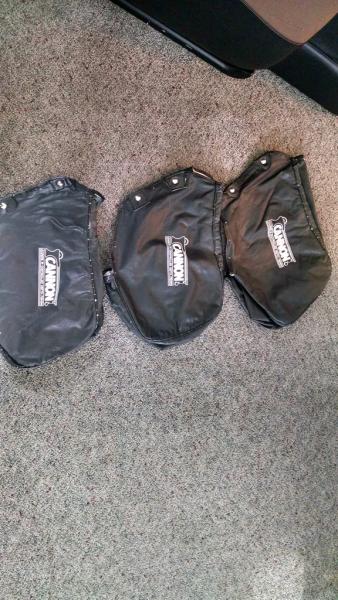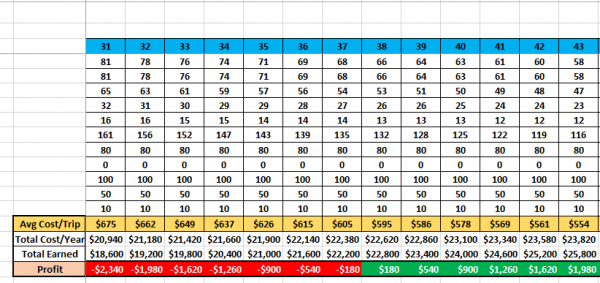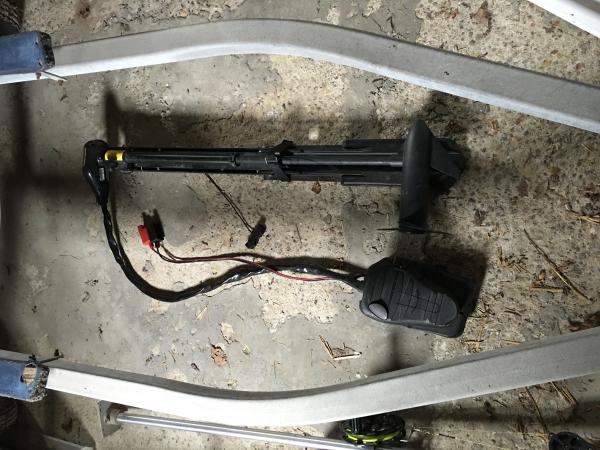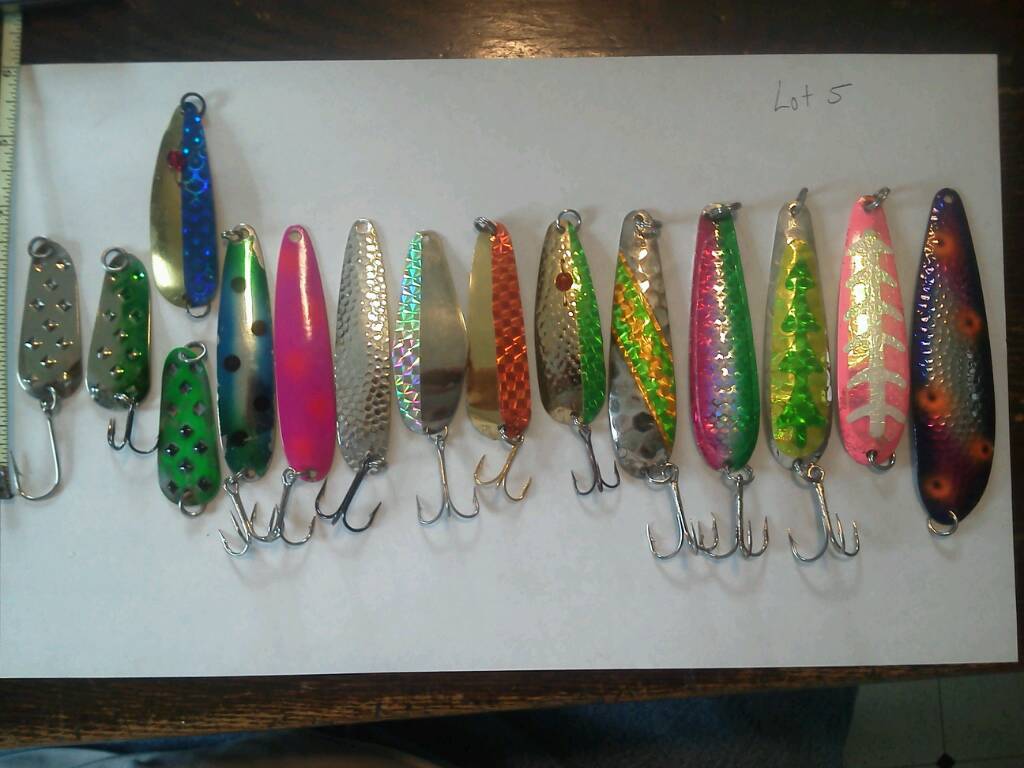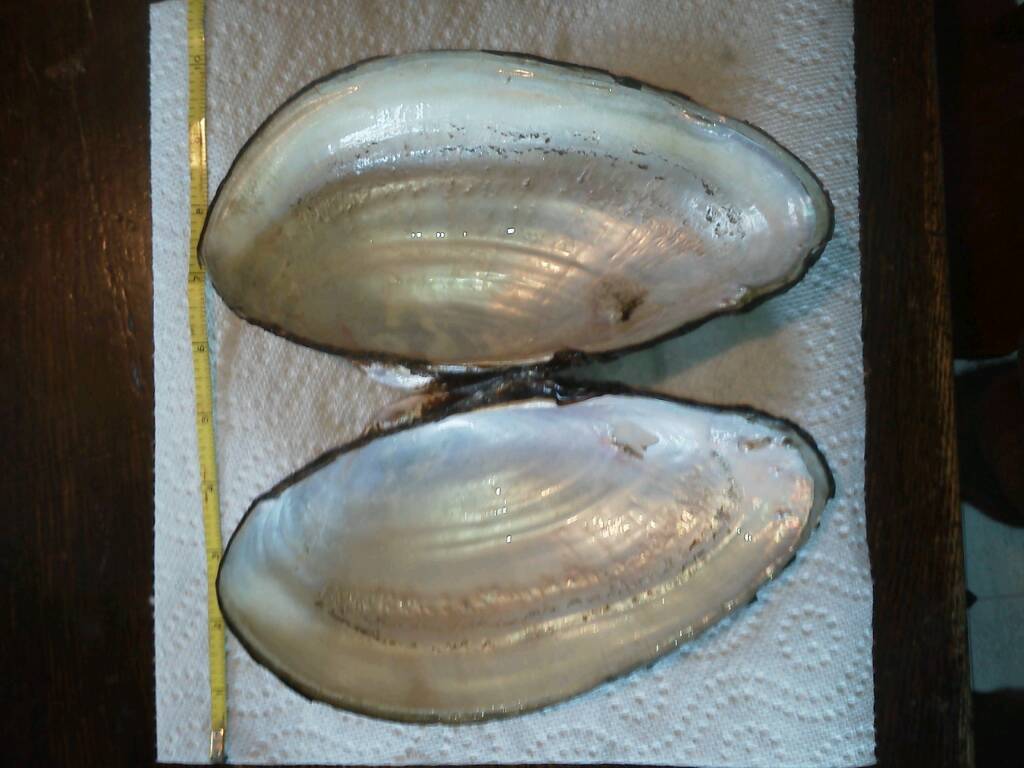-
Posts
13,873 -
Joined
-
Last visited
Everything posted by Sk8man
-
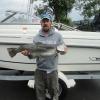
For Sale : USA Cannon Covers
Sk8man replied to Silver Fox's topic in Classifieds - Buy, Sell, Trade or Rent
-

NYS Ice Pro-Am Team Event - Oneida Lake Saturday
Sk8man replied to Finders Keepers's topic in Ice fishing
-
-
It probably isn't far off for many circumstances. Back some time ago my wife and I took a course on starting your own small business from the Business College (evenings) at FLCC. She did hers on Social Work Private Practice and I did mine on chartering as I was close to retirement and had thought about getting my captain's license etc.. We had to develop a thorough business plan and then present it at the end to the class with a breakdown including earnings on an hourly basis (which I knew from experience would be a problem ). I presented my findings and cost breakdowns etc. and got to the hourly wage part at the end and it amounted to something like $2.79 per hour. I could see right there the only benefit for me would be the potential write off for my addiction Florida, California maybe a different story where you have the whole year to make money but there you have all the competition too. You really have to love to fish and these guys earn their money too. Additionally I got to thinking do I really want to take a chance on getting burned out on something that I love so much dealing with all the potential issues without being able to actually fish myself all that much.
-
Best wishes for a full recovery Jason
-
You might want to use your own judgment on setting the drag though
-
I didn't mean to infer that you pull lines Rick I think we know better than that
-
A couple things strike me as worth mentioning here just as food for thought regarding the issue of how much backing you have. The running the chute vs,. board setup issue is a good point and some others to think about are; The gear ratio of your reel becomes very important in this situation as does the drag itself and how you use it. Many if not most of the aggressive salmon will stop briefly within a hundred yards or so if they feel increasing tension on the line (I know there are exceptions and I've had them). If you are using a reel with say a 20 lb drag and a gear ratio of 6 to 1 it can be a very different situation than having a drag of 15 lbs and a gear ratio of 3 or 4 to 1 in terms of the amount of control you MAY have over taking line back when provided even the most brief opportunity. I know some folks feel that the drag should be set and then left alone under all circumstances (and it may make a lot of sense for charters for example) but if you have a smooth drag that is familiar to you it can used as an effective weapon against the fish by making him use as much energy as possible to tire him out quickly (especially if they will be released) as there is a point below the breaking strength of line that the fish will be working and pulling against the boat itself rather than just the drag and this is where things can be exploited (not for the average charter customer though ). Rick mentions another very important thing that is often ignored and that is using the boat in any way possible against the fighting fish and I know it is an unpopular view on here to pull lines and chase down a big fish but sometimes it is necessary (e.g. a tournament where you don't want to take chances) and can also be helpful in the short backing situation as well.
-
-
I agree Brian and That is exactly what I was hinting at Big
-
They are all a PIA to untangle
-
True but not everyone viewing things here is a highly experienced charter guy either and hopefully the discussion will generate some increased interest in trying different approaches for some or to give a little backdrop to others new to the sport.
-
Bloodrun SeaFlee 30 lb here both environments
-
Just a comment about big boards vs. inlines for folks that possibly haven't used either option yet. - The big boards are nice as far as pulling control goes and especially with heavier setups (e.g. longer coppers and cores) providing you have a boat with room that will allow you to locate a mast forward or on top or sides of top if hard top and anchored real well to drag them with. They may also pull better in rough water depending on the particular boards. The inlines are best for shorter setups and toplines or small dipseys as they are a bit easier to run in and out near the shoreline (e.g. for browns etc.) and are often faster to bring in in heavy traffic adjustments. They also take up much less room in the boat and are less expensive for the budget conscious (unless like some of us where you end up with a bunch of them ). They each have their place in the arsenal and strengths and weaknesses as well. Although a purist may go with the Albright or another knot for connections I have never had a Spro #8 swivel failure regardless of knot used and they don't require gluing etc. and Rob is right cut don't re-tie those ends
-
I thought he was referring to attaching leaders to the copper
-
Spro Power Swivel #8 (50 lb test) works great.
-
-
I knew what I said above would be controversial and after all it is an opinion and like the invisibility issue not solid results based on repeatable research and I edited it to highlight the fact that I too use fluoro for most things other than trolling flies. My general view of fluoro is much the same as Rob's but for folks new to this stuff it is intended to make people think about things not commonly said here so that they can be aware that none of these things are without concerns, potential issues, and not everyone has an identical experience using them. One of the things that I always have in the back of my mind is that fishing itself involves a great deal of superstitious behavior (and I admit to it ) and we frequently think that the colors of lures, the exact distance of our lines set to even numbers (usually), the concept of "stealth" which is largely an assumption and possibly is only stealthy in our own minds and only stealthy if it works, and all the various things we do to get hits might just be superstitious behavior. It is possible that the action of the lure combined with closeness and attractiveness of the turbulence in the water at that particular point in time fools the fish into its potentially fatal action of grabbing it. An argument that flies in the face of this view is "repeatability" of results but again a lot of different variables are operating at once so line stiffness, visibility or lack of it, and the things we assume to be going on may not be the only things responsible. All I am saying is we always need to examine our "assumptions" and not treat them necessarily as "fact".


